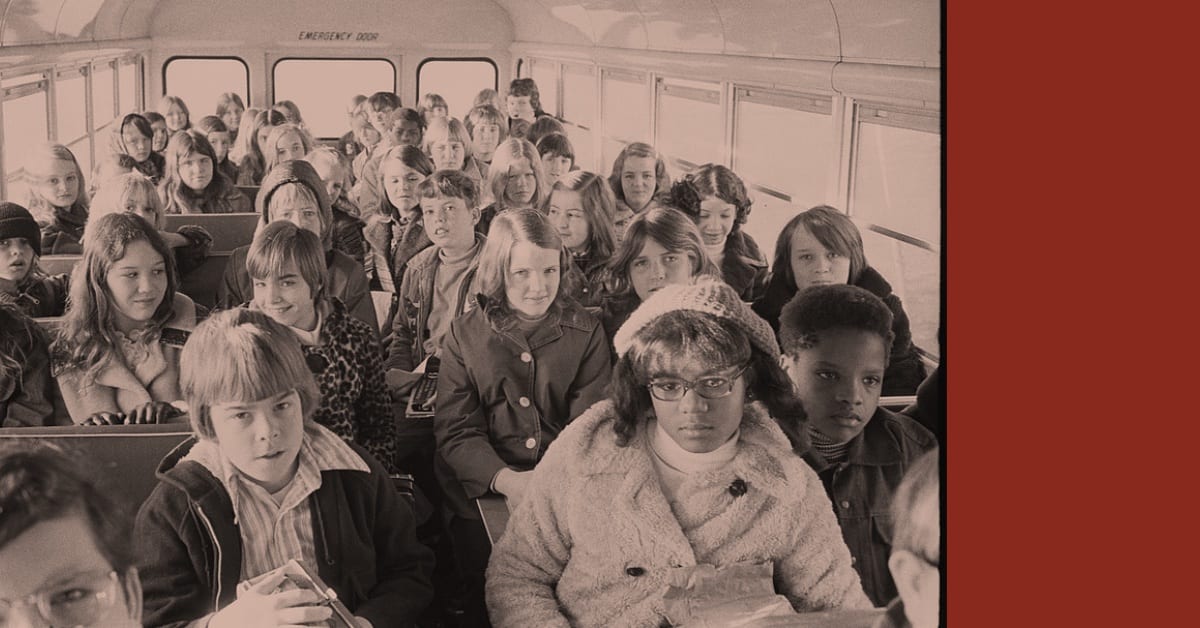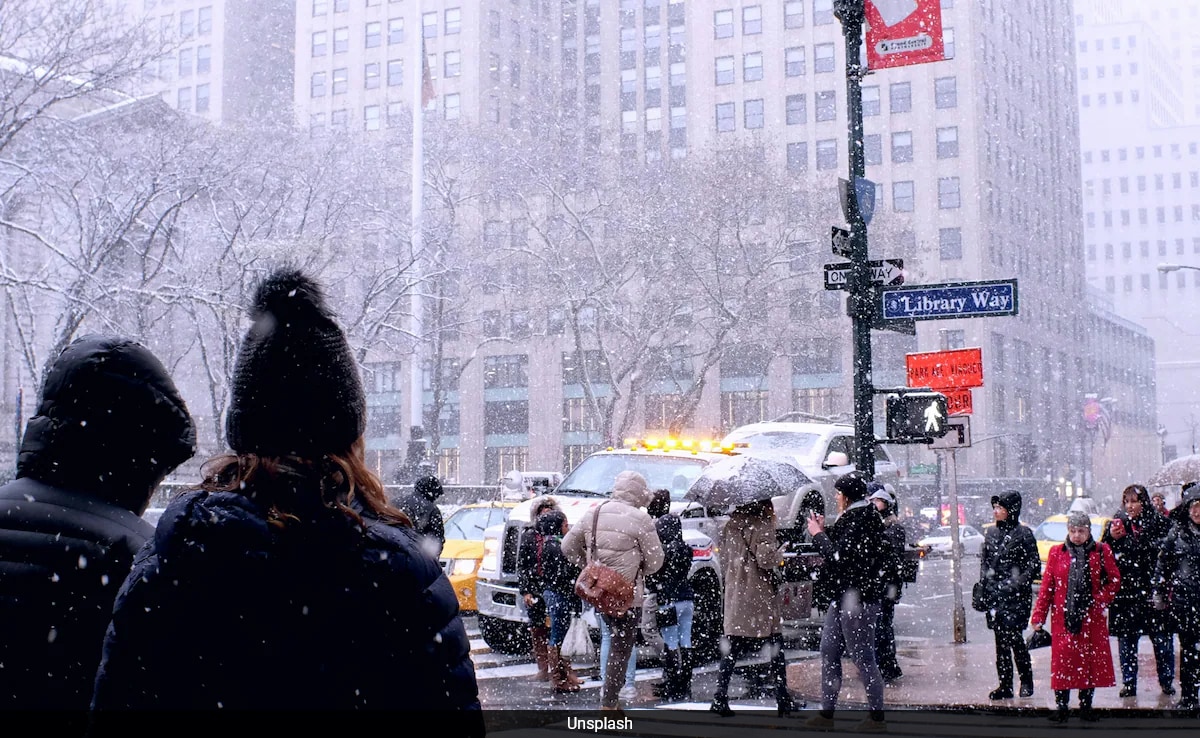The Fall Of School Desegregation Orders: One Case, Many Questions

Table of Contents
The Legal Landscape of School Desegregation: Shifting Interpretations and Judicial Decisions
The legal framework surrounding school desegregation orders has evolved significantly since Brown v. Board of Education. Judicial interpretations have shifted, impacting the effectiveness of desegregation efforts.
The Evolution of Supreme Court Rulings: From Brown v. Board of Education to Present-Day Challenges
- Brown v. Board of Education (1954): This landmark ruling declared state laws establishing separate public schools for black and white students unconstitutional. It initiated a long and arduous struggle to desegregate schools across the nation.
- Milliken v. Bradley (1974): This decision limited the scope of desegregation orders, ruling that inter-district busing was not required unless segregation was the result of deliberate inter-district action. This significantly hampered desegregation efforts in many metropolitan areas.
- Parents Involved in Community Schools v. Seattle School District No. 1 (2007): This case further restricted the use of race as a factor in assigning students to schools, even to remedy past segregation. The court emphasized the importance of race-neutral methods, even if those methods resulted in continued segregation.
These Supreme Court rulings demonstrate a clear shift in judicial interpretation, reflecting changing social attitudes and legal priorities. The emphasis has moved from actively dismantling segregation to a more limited approach focused on avoiding intentional discrimination, often leaving existing segregation largely unaddressed.
The Role of Federal Courts in Enforcing Desegregation Orders
Federal courts play a crucial role in enforcing school desegregation orders, but face significant challenges:
- Resistance from Local Authorities: Local school boards and other officials have frequently resisted desegregation efforts, employing various strategies to delay or obstruct compliance.
- Complexities of Monitoring Compliance: Effectively monitoring compliance requires extensive resources and expertise to track demographic data, assess school assignment policies, and address ongoing inequities.
- Budget Cuts and Limited Resources: Federal funding for desegregation enforcement has been significantly reduced in recent years, limiting the capacity of courts to effectively oversee and maintain desegregation efforts. This has directly impacted the ability to implement and monitor effective desegregation plans.
Socioeconomic Factors and the Persistence of Segregation
Socioeconomic factors significantly contribute to the persistence of school segregation, even in the absence of explicit discriminatory policies.
Residential Segregation and its Impact on School Demographics
Residential segregation, the concentration of specific racial groups in particular neighborhoods, is intricately linked to school segregation:
- Housing Policies and Zoning Laws: Historically discriminatory housing policies and zoning laws have created and maintained racially segregated residential patterns.
- Economic Disparities: Economic disparities contribute to residential segregation, as families of different socioeconomic backgrounds tend to live in different neighborhoods, leading to unequal school distributions.
This residential segregation directly translates into racially and economically segregated school districts, undermining efforts to achieve racial balance.
The Impact of Funding Disparities on Educational Outcomes in Segregated Schools
Unequal funding between predominantly white and minority schools exacerbates existing inequities:
- Resource Allocation: Schools in wealthier, predominantly white neighborhoods often receive more funding, leading to better facilities, smaller class sizes, and more advanced resources.
- Educational Opportunities: These differences in resource allocation directly impact student achievement, perpetuating the achievement gap between white and minority students.
Data consistently shows a strong correlation between school funding and student outcomes, highlighting the critical role of equitable funding in achieving educational equity.
Political Resistance and the Erosion of Desegregation Efforts
Political resistance at various levels has significantly weakened school desegregation orders and hampered progress.
The Role of Local Politics and Community Opposition
- School Board Resistance: School boards and other local officials have often actively resisted desegregation efforts, citing concerns about costs, disruption, or perceived negative impacts on their communities.
- Community Activism: Organized community opposition, often fueled by racial prejudice and resistance to integration, has played a significant role in undermining desegregation efforts.
These actions often manifest as delaying tactics, legal challenges, or the implementation of policies that subtly maintain segregation.
The Influence of "White Flight" and School Choice Initiatives
- White Flight: The phenomenon of "white flight," where white families move out of districts undergoing desegregation, has contributed significantly to the resegregation of schools.
- School Choice Programs: While designed to offer parents more options, school choice programs can exacerbate segregation if not carefully designed and implemented, leading to increased segregation in some areas.
These trends demonstrate how ostensibly race-neutral policies can have discriminatory outcomes and undermine desegregation goals.
The Case Study: A Detailed Analysis of a Specific Instance of a Weakened or Overturned Desegregation Order
(This section would require a specific case study to be detailed. For example, one could analyze a specific district where a desegregation order was weakened or overturned, detailing the legal challenges, the role of local politics, the socioeconomic factors involved, and the resulting impact on the school system and student demographics. This section needs factual data and specific details to support its analysis.)
Conclusion: The Ongoing Struggle for School Desegregation
The weakening and overturning of school desegregation orders represent a significant setback in the long struggle for educational equity. The factors analyzed – shifting legal interpretations, socioeconomic disparities, political resistance, and the unintended consequences of certain policies – collectively contribute to the persistence of school segregation. This ongoing segregation perpetuates educational inequality and undermines the promise of equal opportunity for all students. To ensure a just and equitable education system, we must continue to challenge these factors. Continue the fight for school desegregation by actively engaging in advocacy, supporting initiatives aimed at achieving racial equity in education, and demanding equitable school desegregation policies. Only through sustained effort and a commitment to social justice can we hope to fulfill the promise of Brown v. Board of Education and create truly integrated and equitable schools for all children.

Featured Posts
-
 Tuesdays Snowstorm Four Inches Or More Predicted Dangerously Cold Temperatures Expected
May 03, 2025
Tuesdays Snowstorm Four Inches Or More Predicted Dangerously Cold Temperatures Expected
May 03, 2025 -
 Les Tuche 5 Dedicace Et Hommage
May 03, 2025
Les Tuche 5 Dedicace Et Hommage
May 03, 2025 -
 Daily Lotto Results Friday April 18 2025
May 03, 2025
Daily Lotto Results Friday April 18 2025
May 03, 2025 -
 Revised Energy Policies Guido Fawkes Analysis Of The Direction Of Travel
May 03, 2025
Revised Energy Policies Guido Fawkes Analysis Of The Direction Of Travel
May 03, 2025 -
 Tesla Board Denies Plans To Replace Elon Musk
May 03, 2025
Tesla Board Denies Plans To Replace Elon Musk
May 03, 2025
